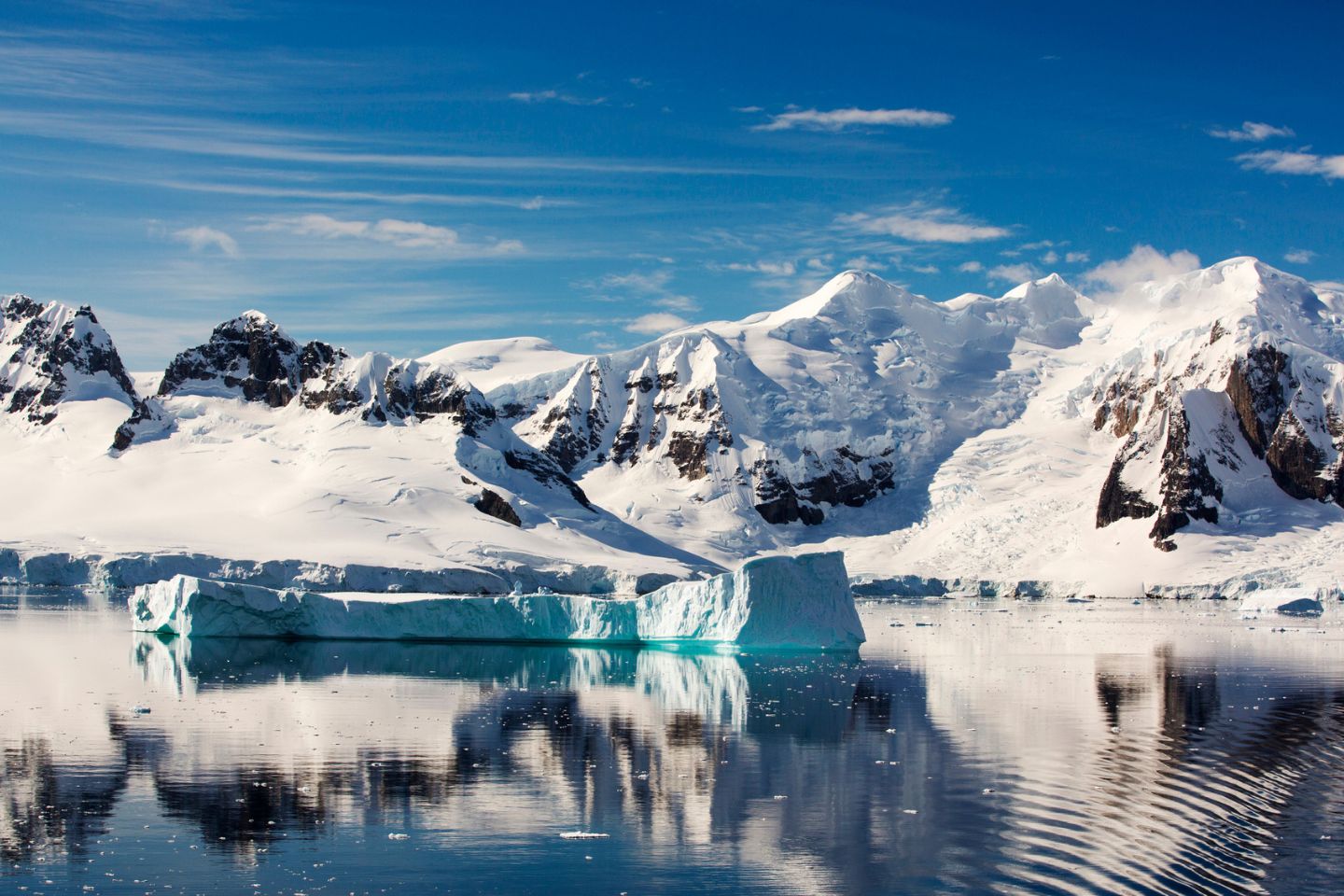In the race to comprehend the impacts of global warming on Antarctica, scientists have uncovered a crucial piece of the puzzle beneath the East Antarctic Ice Sheet (EAIS). This revelation, suggesting a hidden ancient landscape, underscores the urgency of understanding the potential contributions to future sea level rise. Published in Nature Communications, the study by researchers sheds light on an enigmatic region. It emphasizes the need for exploration to grasp the complexities of the EAIS’s response to climate change.
Matt King, a polar scientist from the University of Tasmania, highlighted the pressing need for exploration, stating, “We understand the Moon better than East Antarctica.” The EAIS, remains a colossal unknown regarding its response to climate change, with significant implications for sea levels. According to the research, the EAIS is approximately 34 million years old.
As ice sheets evolve, they leave distinct imprints on the landscapes they shape. The researchers found an intricate network of ridges and valleys in the surveyed area. They deviate from the slow, contemporary northward ice flow. This terrain, separated by deep troughs, indicates a pre-glaciation era when rivers carved the land.
Antarctic Terrain Preserved for over 14 Million Years
The uncovered landscape, preserved for over 14 million years, hints at a swift ice sheet formation. Its well-preserved state suggests the EAIS has remained relatively stable during this period, shielding it from erosive forces like glaciers.
However, the researchers caution that this stability might be tested if temperatures rise by 3-7 °C, mirroring conditions between 14 and 34 million years ago when the EAIS originated. The study urges vigilance, suggesting that other hidden ancient landscapes may exist beneath the EAIS, awaiting discovery.
For the researchers, the implications are clear: as global temperatures continue to rise, understanding Antarctica’s ancient landscapes becomes imperative in predicting the future behavior of the East Antarctic Ice Sheet and, consequently, the potential impact on sea levels. The study adds a crucial chapter to the ongoing narrative of climate change and its repercussions on Earth’s polar regions.
